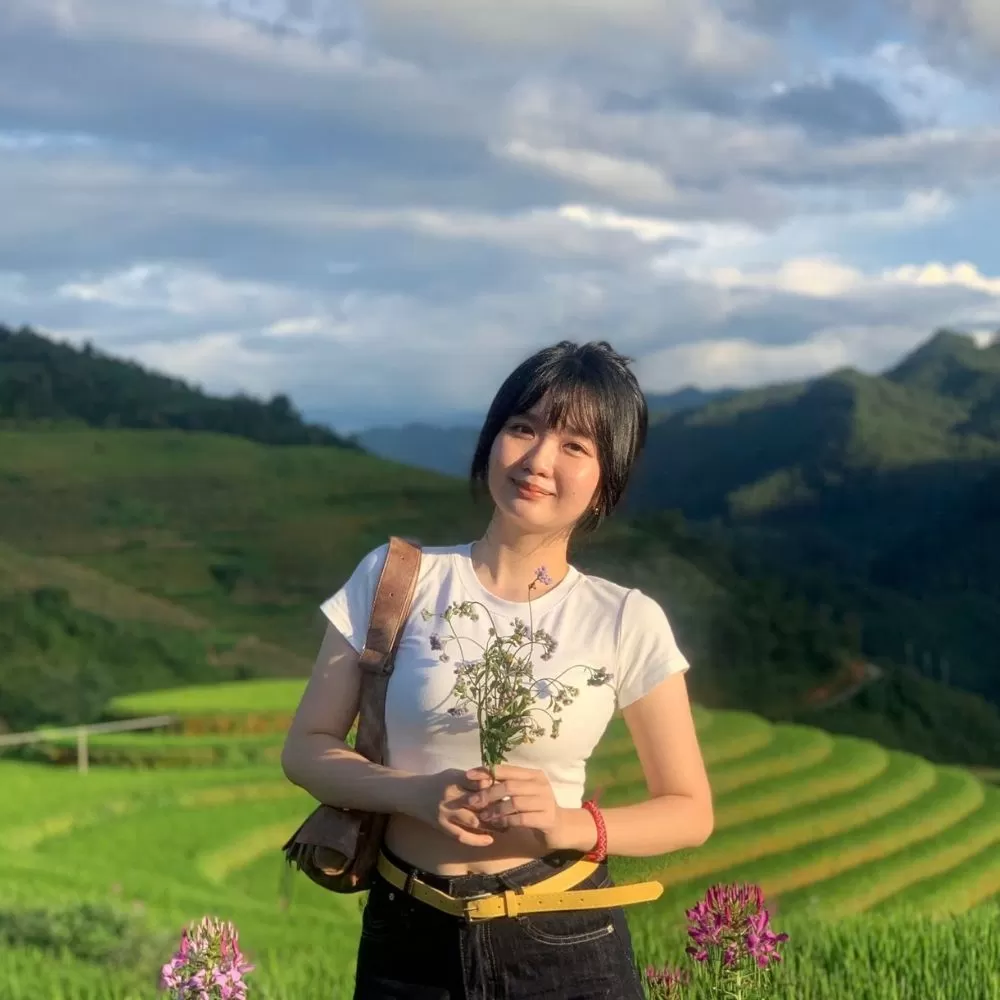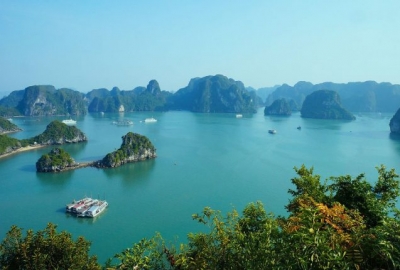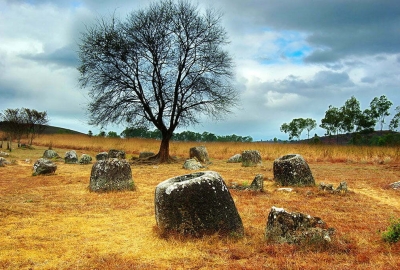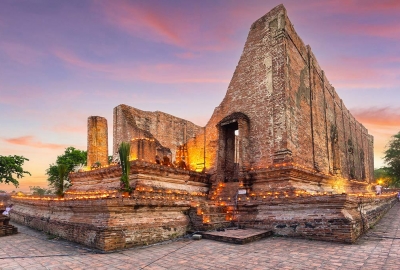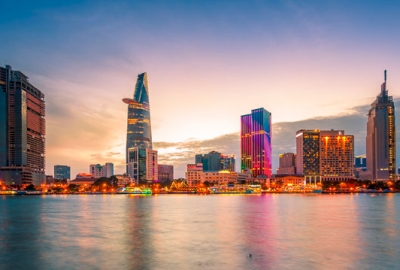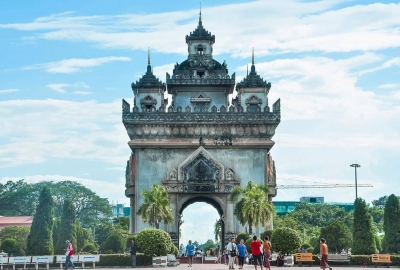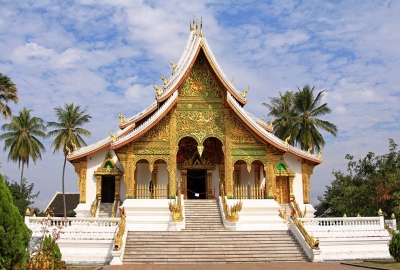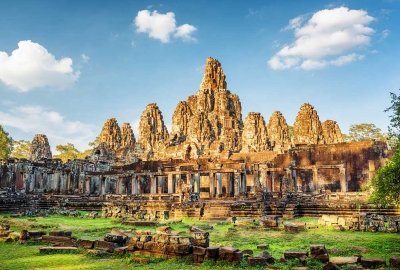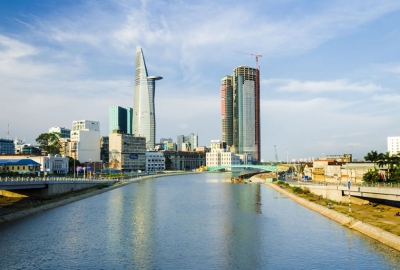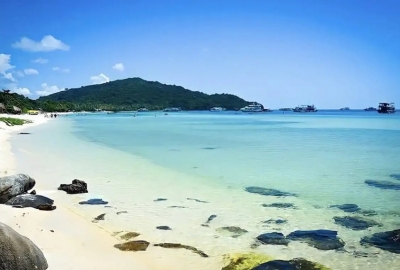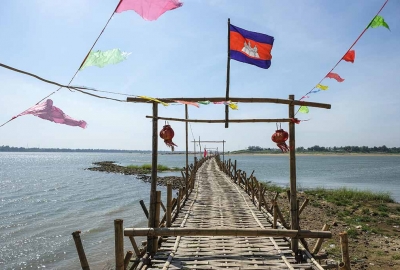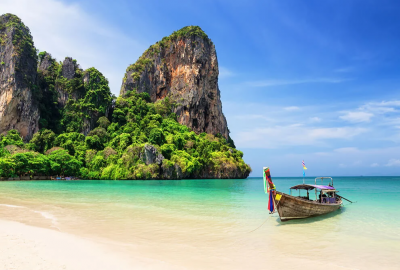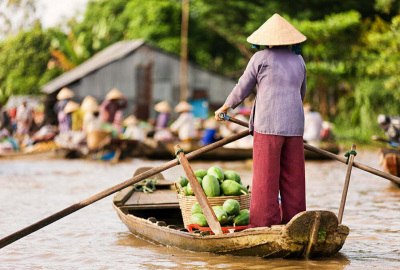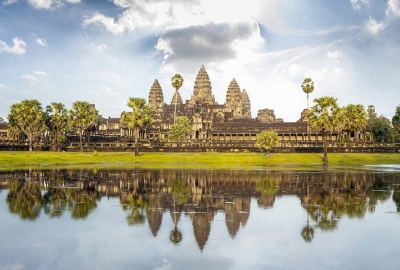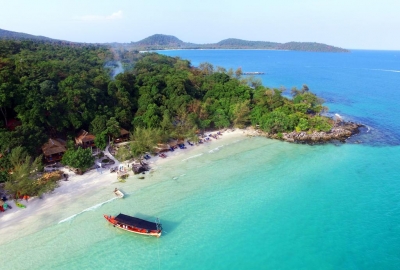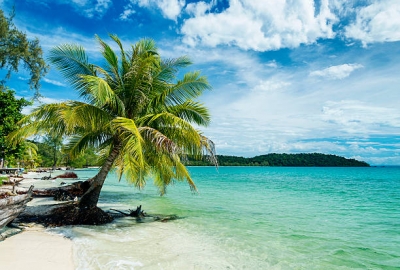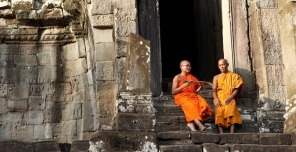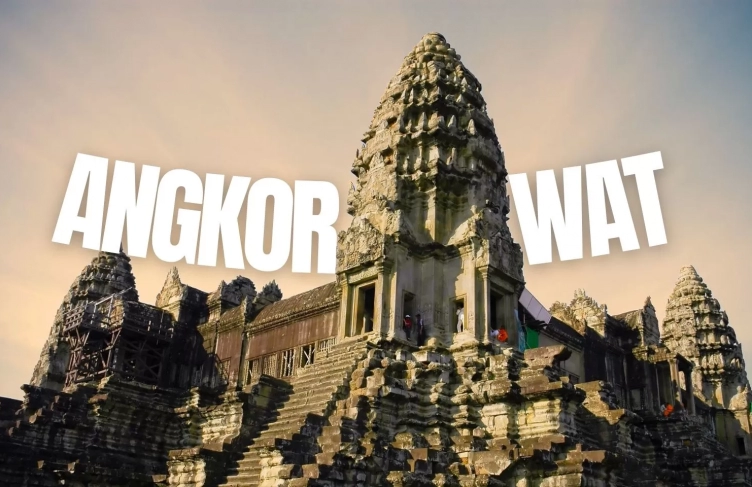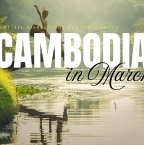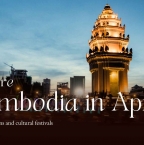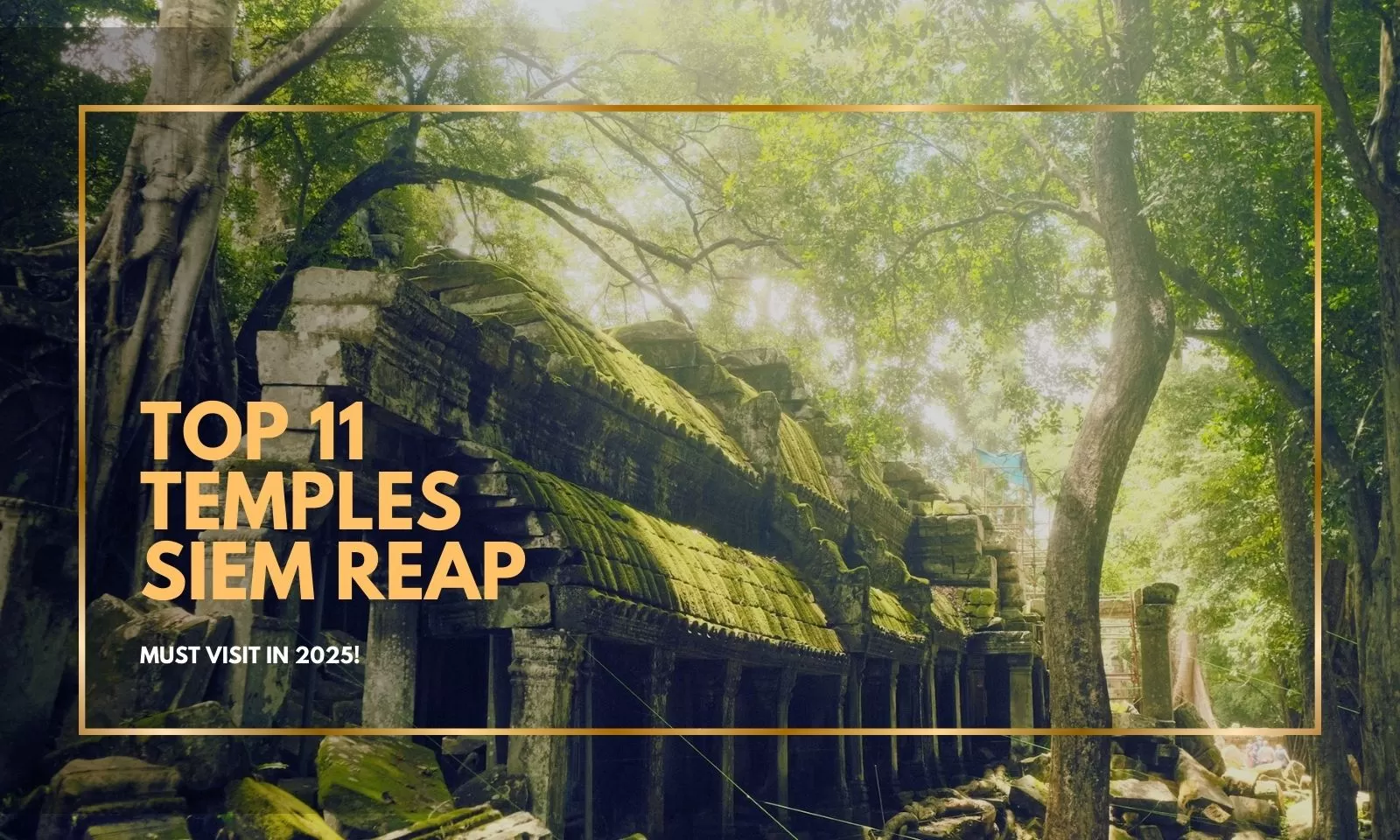
Top 11 ancient temples in Siem Reap

Famous for its mystical charm and historical depth, Siem Reap is the gateway to Cambodia’s ancient wonders. At the heart of it lies the Angkor Archaeological Park, where centuries-old temples and intricate carvings reflect the grandeur of the Khmer Empire.
In this article, we’ll uncover the top 11 ancient temples in Siem Reap—from iconic landmarks like Angkor Wat to lesser-known gems—each revealing a unique story of faith, power, and artistic brilliance.
Table of Contents
Discovering the ancient charm of Siem Reap temples
Nestled in northwestern Cambodia, Siem Reap is the gateway to one of the most extraordinary archaeological wonders in the world—the Angkor Archaeological Park. Spanning over 400 square kilometers, this UNESCO World Heritage Site is home to hundreds of ancient temples, each echoing the grandeur of the once-mighty Khmer Empire.
The famous temples in Siem Riep were not merely places of worship. They were powerful political, religious, and cultural centers that reflected the empire’s strength and its devotion to both Hinduism and Buddhism over centuries. From monumental stone towers to intricate carvings of celestial dancers, the architecture is a testament to the Khmer people's mastery of art, engineering, and spiritual symbolism.
Exploring the ancient temples in Siem Reap is not just about admiring old stones—it's about immersing yourself in a world where mythology, history, and architecture intertwine. Whether you're a first-time visitor or a seasoned traveler, the magic of these sacred sites never fades.
Entry information
All temples listed below are part of the Angkor Archaeological Park and require an Angkor Pass for entry. As of 2025, ticket options include:
1-day pass: $37
3-day pass: $62 (valid over 10 days)
7-day pass: $72 (valid over 1 month)
Passes can be purchased at the official Angkor Ticket Office in Siem Reap or online. Make sure to carry your pass at all times, as it will be checked at each temple entrance.
Top 11 ancient temples in Siem Reap you shouldn’t miss
Exploring these ancient temples in Siem Reap can feel overwhelming with so many sites to choose from. That’s why we’ve curated a list of the 11 most iconic and meaningful ancient temples, ideal for first-timers and returning visitors alike.
Angkor Wat
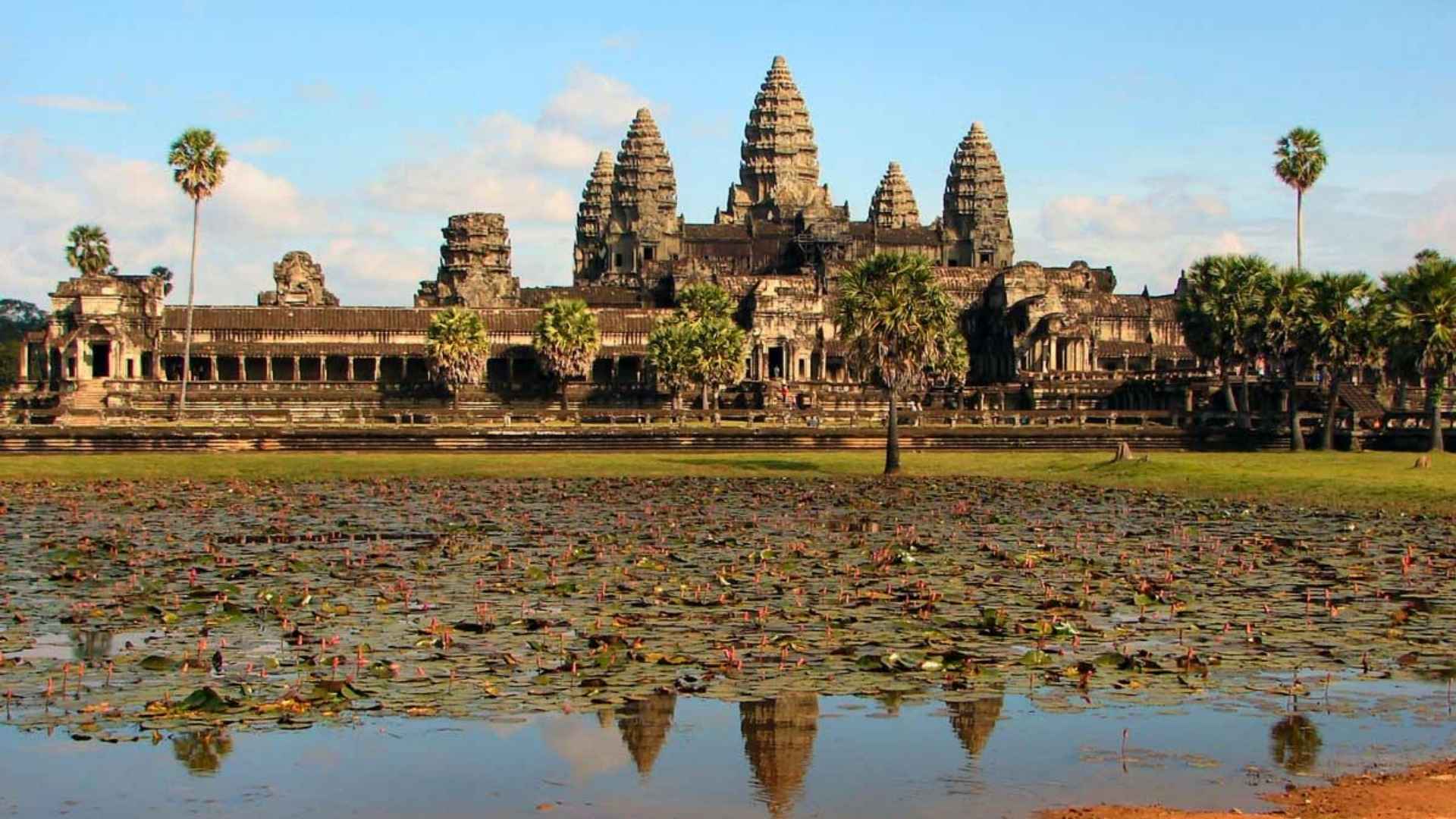
📍 Location: Angkor Archaeological Park, 5.5 km north of Siem Reap city center.
Angkor Wat is not only the most iconic temple in Siem Reap but also the largest religious monument in the world. Built in the 12th century by King Suryavarman II, it originally served as a Hindu temple dedicated to Vishnu before becoming a Buddhist site.
The temple is renowned for its five towering spires, meant to symbolize Mount Meru, the home of the gods in Hindu mythology. Inside, visitors can admire over 800 meters of intricate bas-reliefs depicting legendary battles and celestial dancers known as apsaras. Sunrise at Angkor Wat is a must-see, as the temple's silhouette reflected in the lotus-filled moat creates a magical scene.
Useful tip: Arrive by 5:00 AM for the best sunrise viewing spot.
Bayon
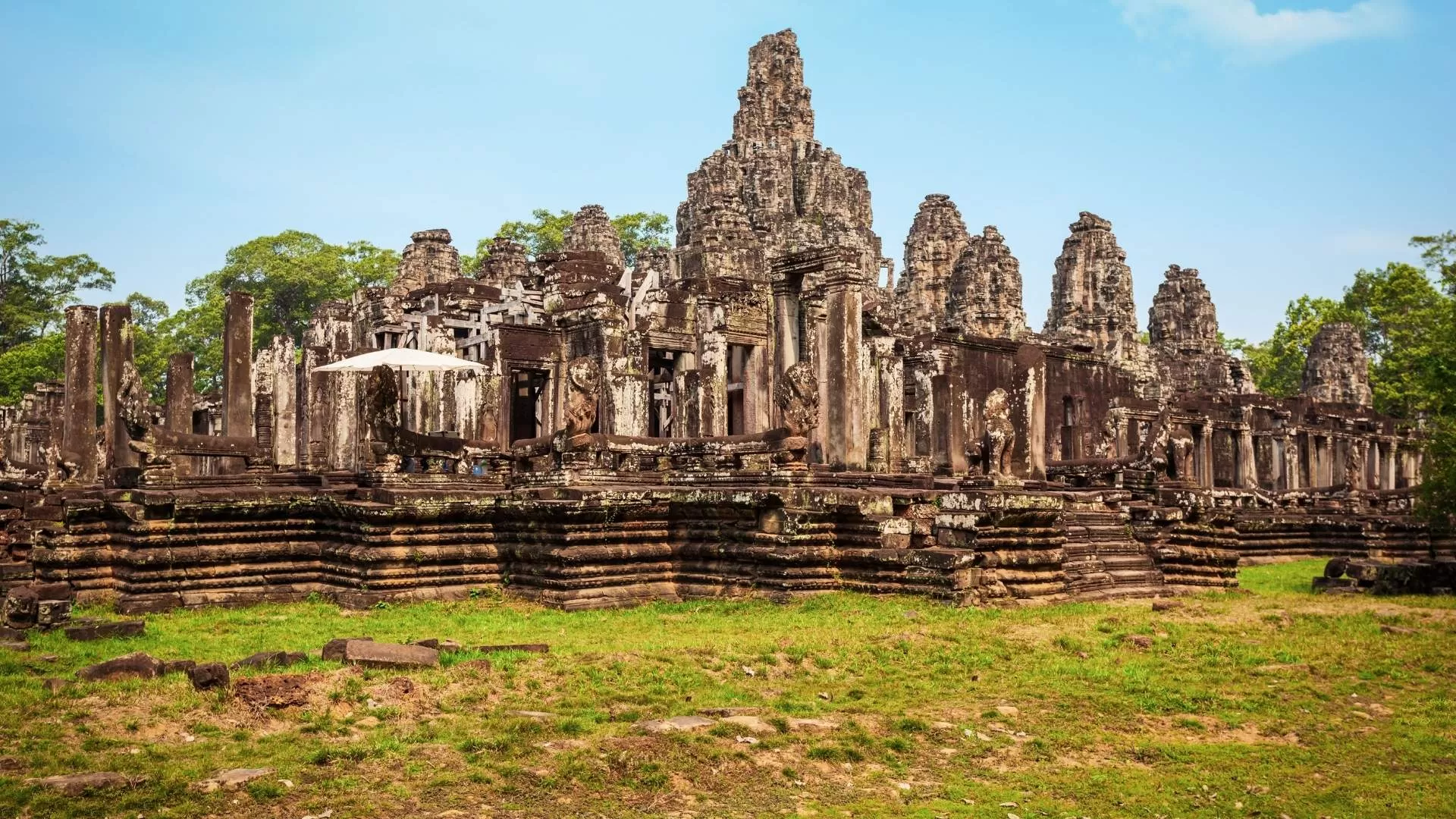
📍 Location: Central Angkor Thom, Angkor Archaeological Park, Siem Reap Province.
Bayon stands at the heart of Angkor Thom and is famous for its 54 towers adorned with over 200 massive stone faces—each with a serene, mysterious smile. Historians believe these faces either represent King Jayavarman VII or the bodhisattva Avalokiteshvara.
The temple's design is unique, with narrow corridors, elevated platforms, and intricate carvings. The outer galleries feature vivid depictions of 12th-century Khmer life, including markets, naval battles, and cultural ceremonies, offering a fascinating glimpse into the past.
Useful tip: Go mid-morning to avoid the sunrise crowd from Angkor Wat but before large group tours arrive.
Ta Prohm
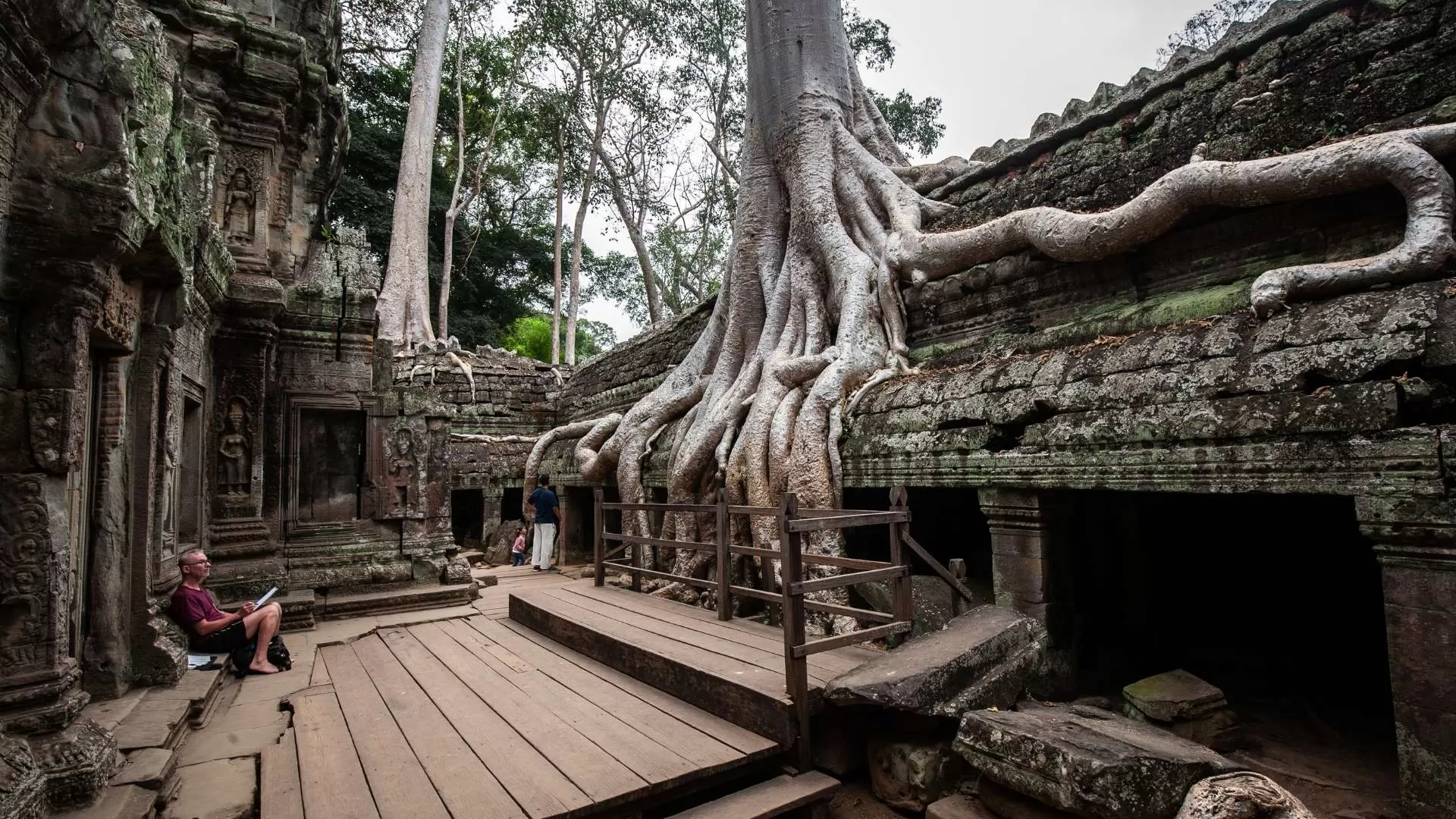
📍 Location: East of Angkor Thom, within Angkor Archaeological Park, Siem Reap Province.
Ta Prohm offers one of the most atmospheric temple experiences in Angkor. Built in the late 12th century as a Buddhist monastery and university, it was once home to over 12,000 people, including monks and dancers.
Today, it's best known for the massive silk-cotton and strangler fig trees that intertwine with its crumbling walls and corridors—making it one of the most photographed temples in the world. Unlike most temples, Ta Prohm was left largely in its natural state, creating a unique "lost in the jungle" ambiance.
Useful tip: Visit early to beat the tour buses and fully enjoy the mystical ruins in quiet.
Banteay Srei
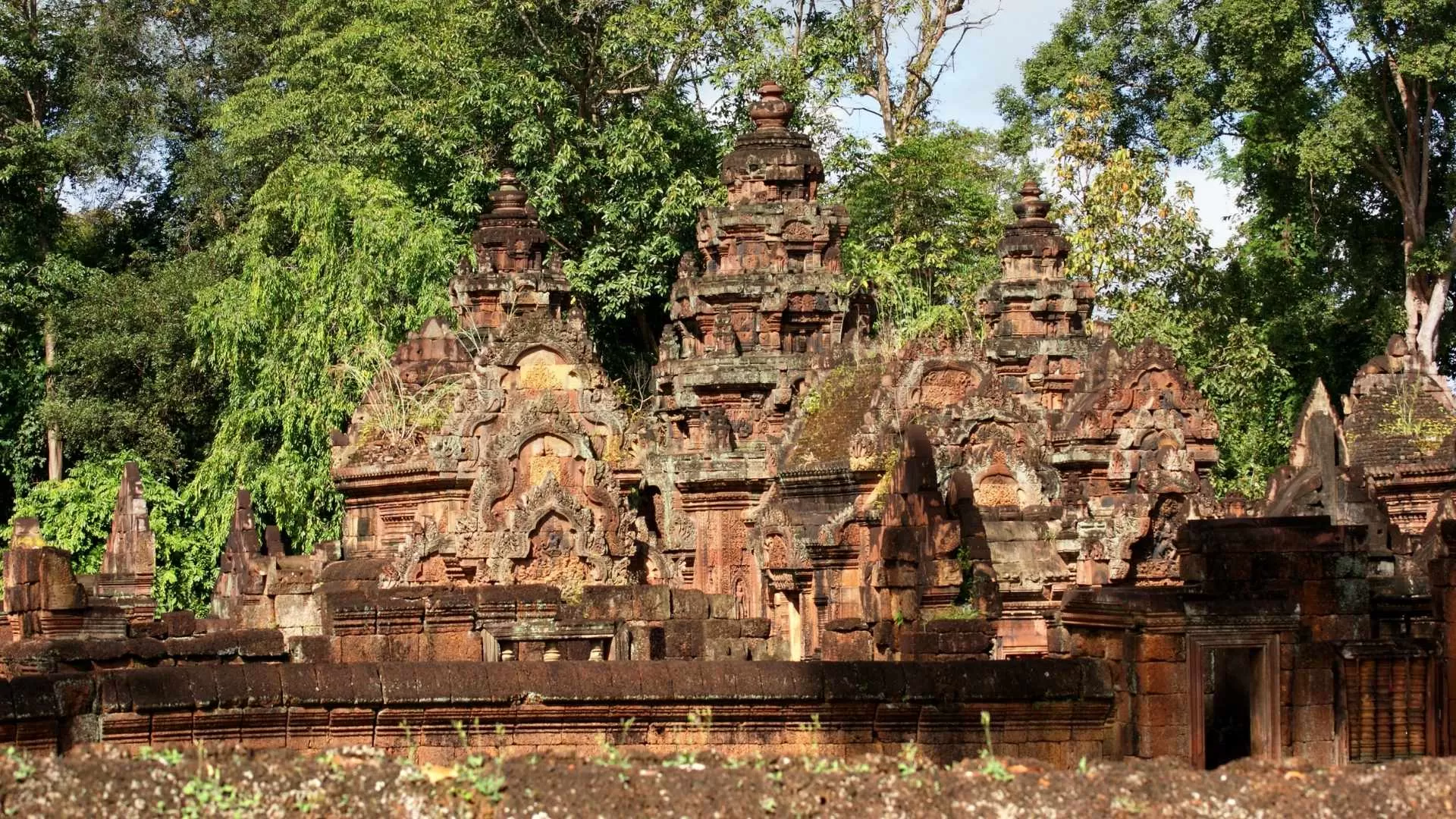
📍 Location: Banteay Srei District, approx. 35 km northeast of Siem Reap city center.
Banteay Srei is a small yet stunning temple complex built in the 10th century and dedicated to the Hindu god Shiva. Its nickname—the “Citadel of Women”—is believed to come from the delicate carvings that are so intricate, they could only have been done by the hands of women.
Carved from pink sandstone, the temple features some of the most refined and detailed decorative elements in all of Angkor, including scenes from Hindu epics like the Ramayana and Mahabharata. Although it’s located further from the main complex, the journey is well worth it.
Preah Khan
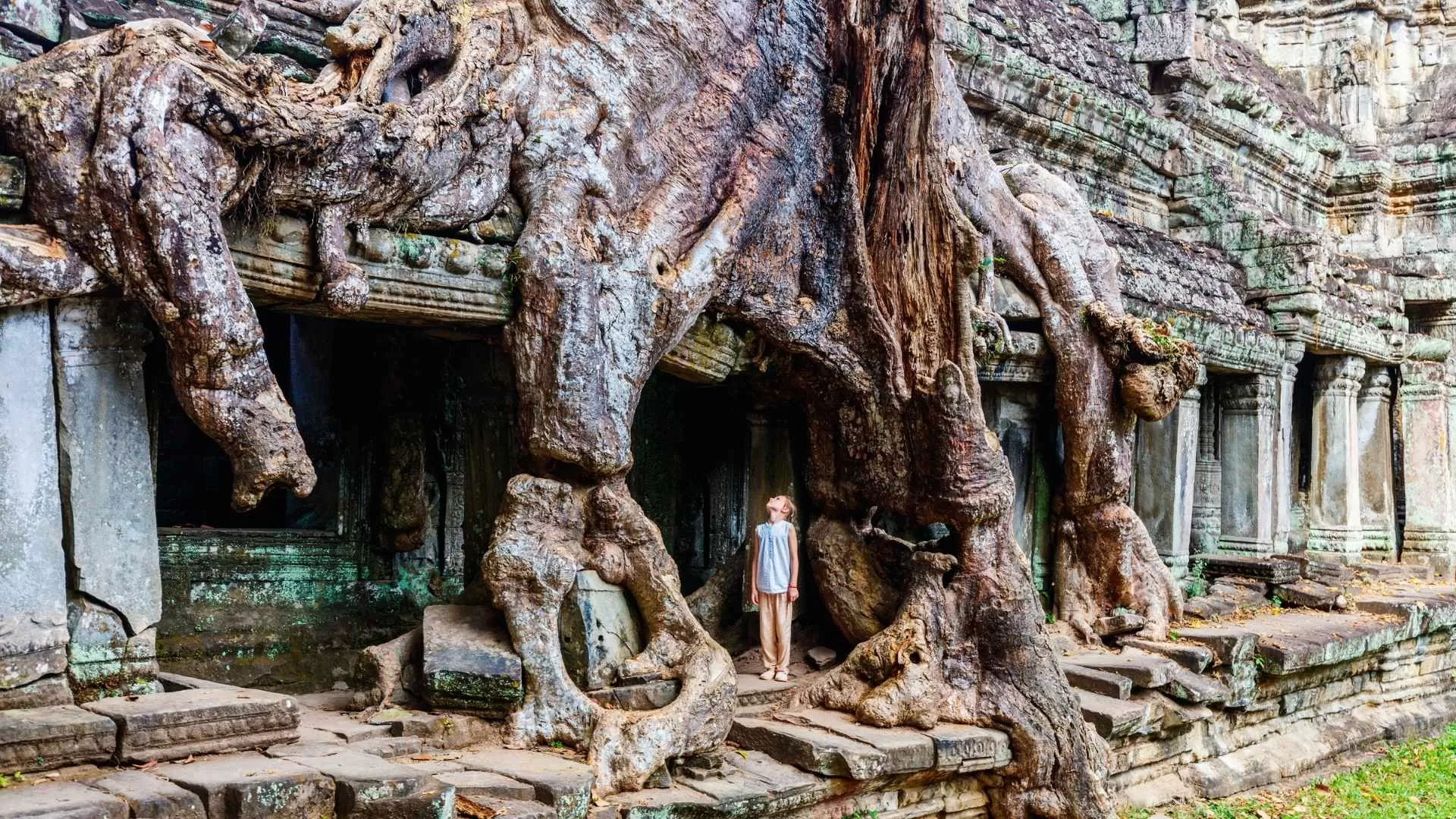
📍 Location: Northeast of Angkor Thom, within Angkor Archaeological Park, Siem Reap Province.
Preah Khan was built by King Jayavarman VII in honor of his father and once functioned as a university, monastery, and royal residence. The temple’s vast layout includes ceremonial halls, libraries, and shrines dedicated to both Hindu and Buddhist deities.
Unlike more restored temples, Preah Khan retains a wild and romantic atmosphere. Moss-covered stones and partially collapsed corridors create a sense of adventure, while its long walkways flanked by guardian statues provide a grand introduction.
Useful tip: Watch your footing—many sections remain unrestored and uneven.
Neak Pean
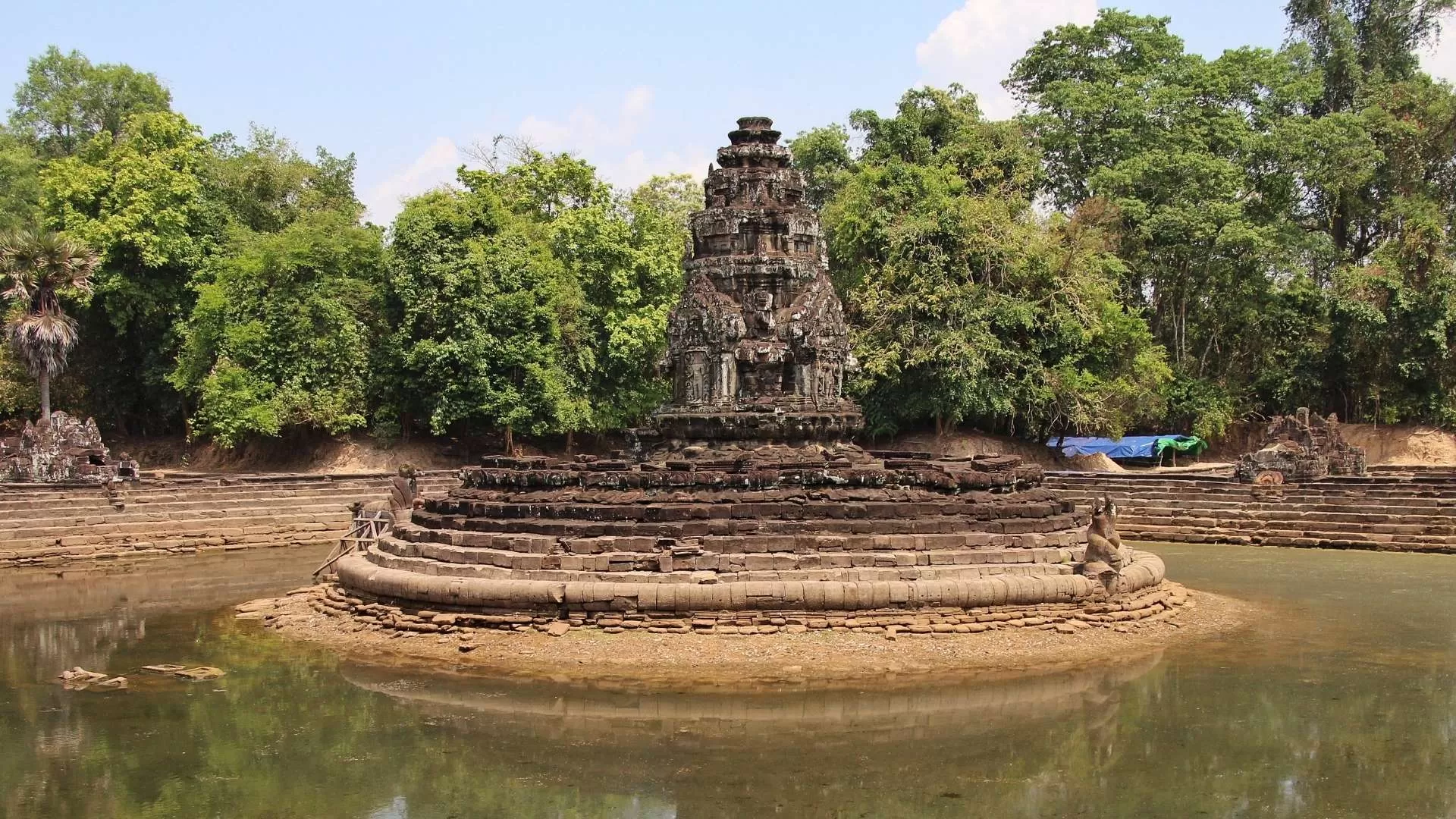
📍 Location: On an island in Jayatataka Baray, east of Preah Khan, Angkor Archaeological Park, Siem Reap Province.
Neak Pean is a unique circular temple located on an artificial island at the center of the Jayatataka Baray reservoir. It was designed as a hospital-temple based on ancient Hindu beliefs that bathing in the waters of four connected pools could cure ailments.
At the center stands a sanctuary tower encircled by two serpents (nagas), representing protection and spiritual power. The wooden walkway leading to the temple offers peaceful views of water lilies and surrounding wetlands.
Phnom Bakheng
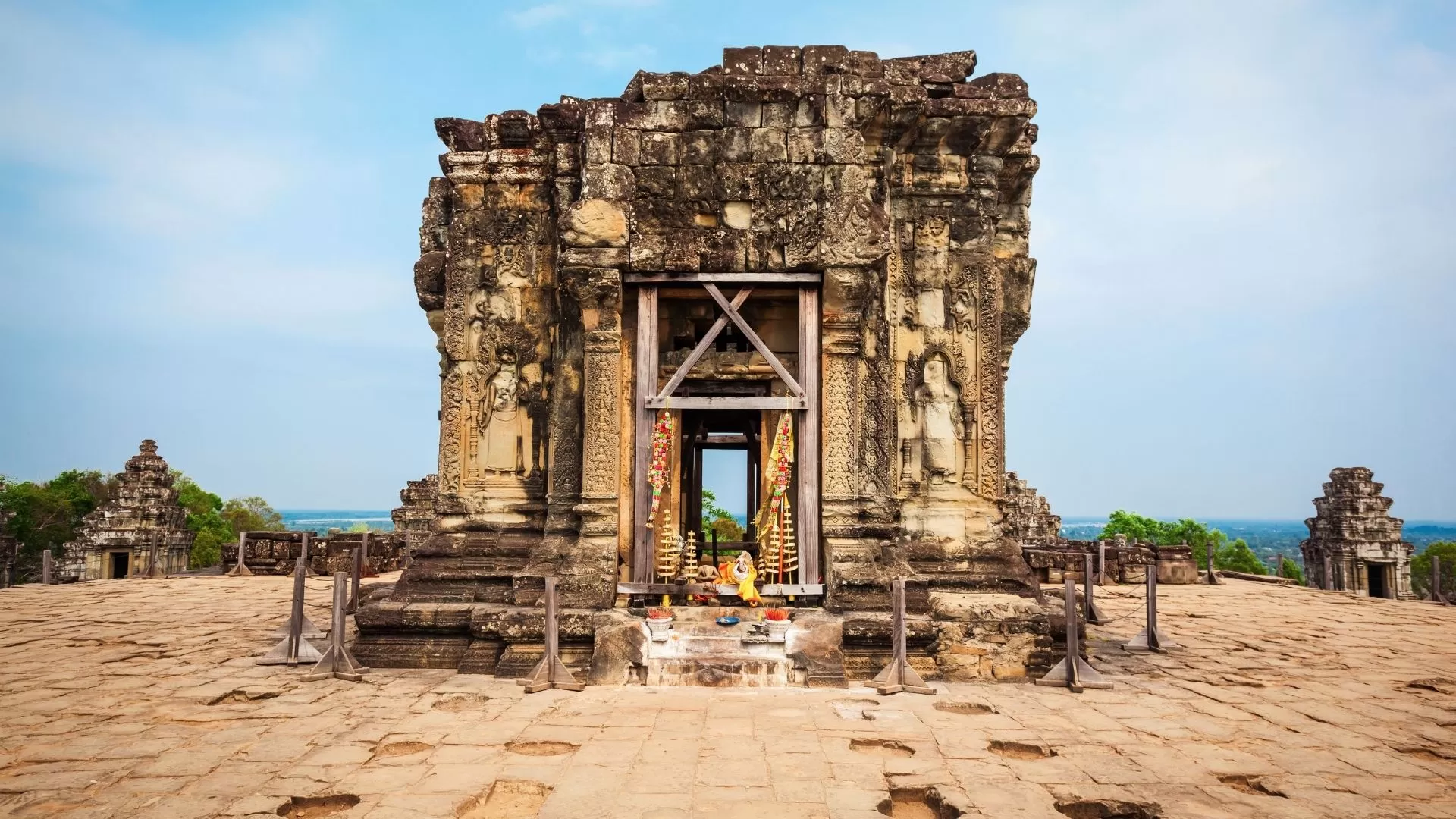
📍 Location: Hilltop between Angkor Wat and Angkor Thom, Angkor Archaeological Park, Siem Reap Province.
Phnom Bakheng was one of the first temples built in the Angkor area, serving as the state temple of King Yasovarman I in the late 9th century. Constructed on a natural hill, its seven-tiered pyramid symbolizes the sacred Mount Meru.
Although the temple itself is partially ruined, it remains one of the most popular places to watch the sunset over Angkor Wat and the surrounding forest. The climb to the top is moderately steep, but the panoramic views are worth it.
Ta Som
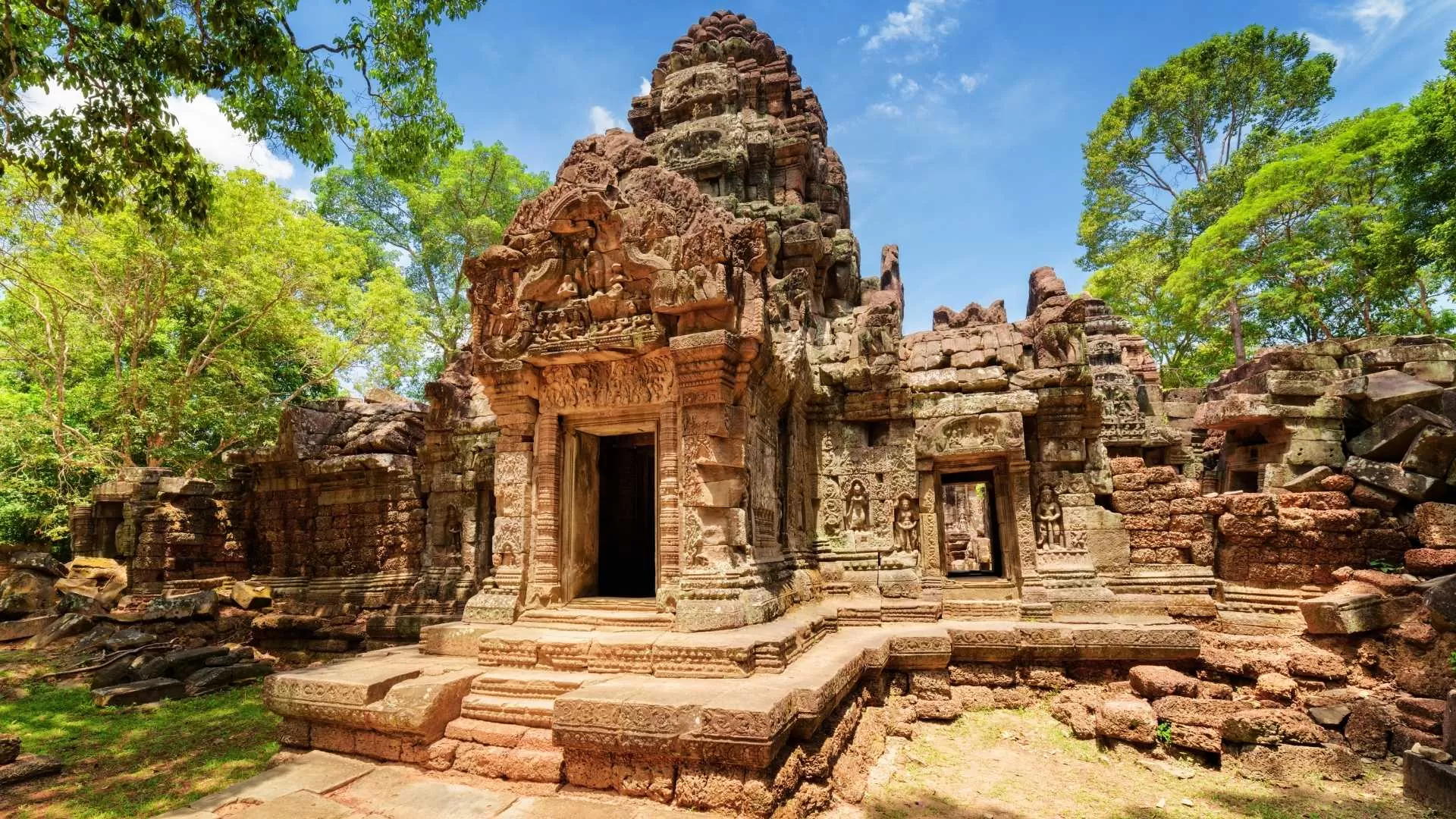
📍 Location: East of Neak Pean, within Angkor Archaeological Park, Siem Reap Province.
Built in the late 12th century, Ta Som was likely intended as a Buddhist temple commissioned by King Jayavarman VII. Though smaller in scale, it features classic Angkor elements such as stone carvings, gopuras (gateways), and serene corridors.
Its highlight is the photogenic east gate, where a giant tree has grown through the stone, echoing the feel of Ta Prohm but without the crowds. This lesser-known site is ideal for quiet exploration and photography.
East Mebon
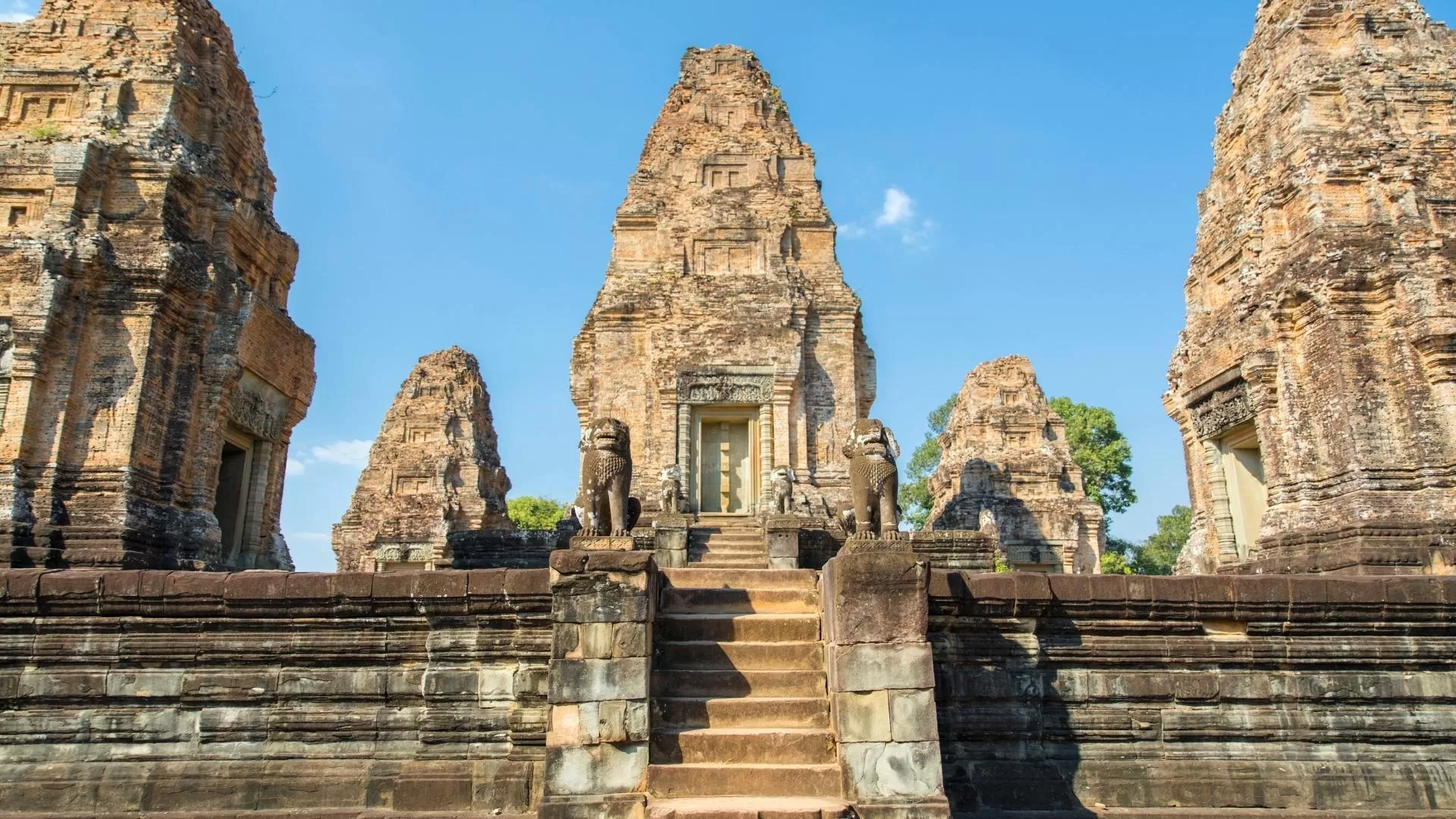
📍 Location: Between Ta Som and Pre Rup, in the former East Baray area, Angkor Archaeological Park, Siem Reap Province.
East Mebon was once located on an island in the now-dry East Baray reservoir. Constructed in the 10th century, it was dedicated to Shiva and served both spiritual and water-management purposes.
Visitors will find large elephant statues at the corners of its terraces, symbolic lintel carvings, and five sanctuary towers. It also offers a good vantage point of the surrounding countryside.
Pre Rup

📍 Location: South of East Mebon, Angkor Archaeological Park, Siem Reap Province.
Pre Rup, built in the 10th century, is believed to have been a state temple of King Rajendravarman. Its reddish bricks and laterite stone shine dramatically under the late afternoon sun, giving the temple its glowing appearance.
The temple’s three-tiered platform and five sanctuary towers make it a classic representation of temple-mountain design. The steep stairways are worth climbing for sweeping views of the countryside.
Bakong
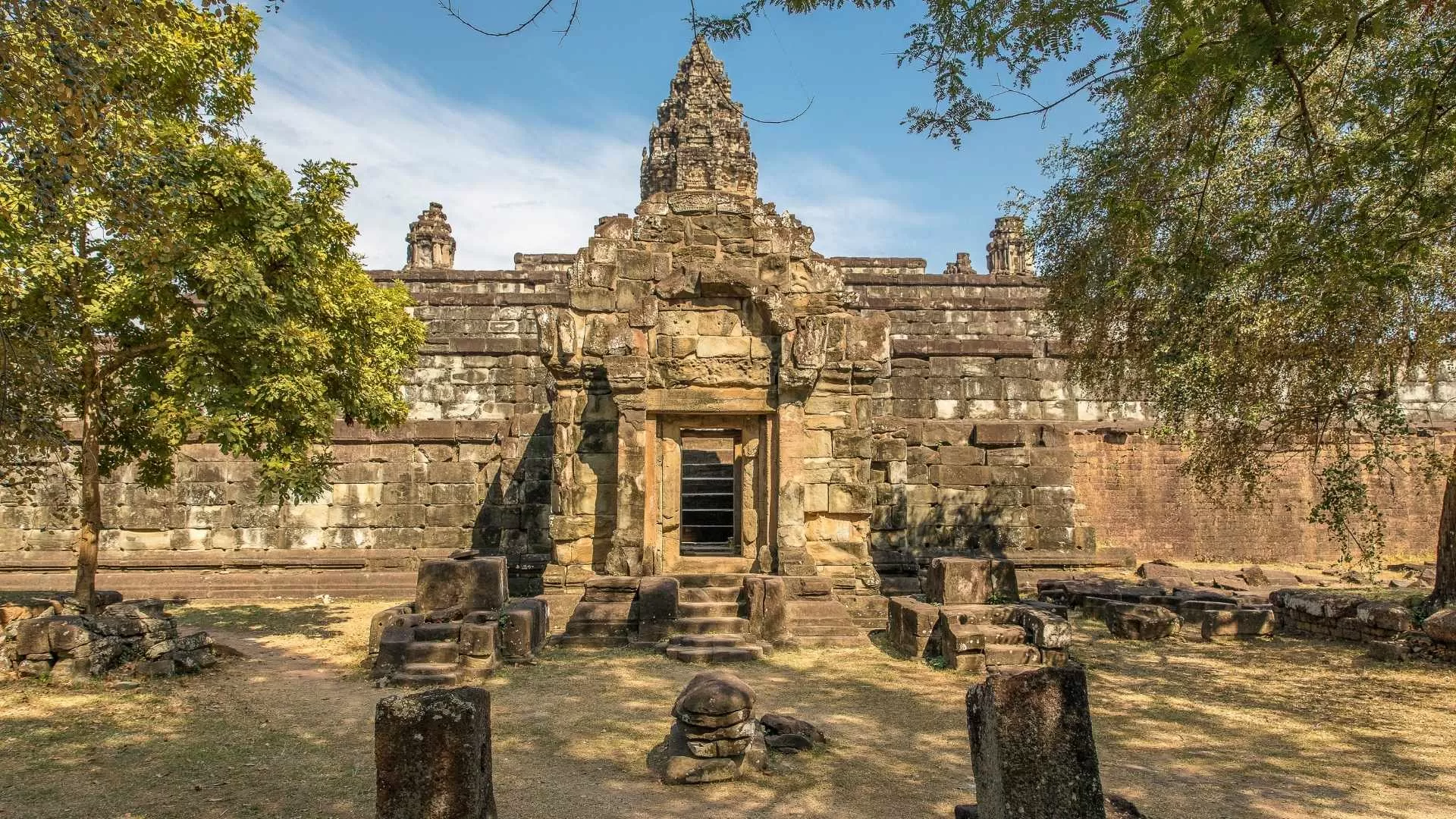
📍 Location: Roluos Group, approx. 13 km east of Siem Reap city center.
Bakong was the first significant temple mountain built by the Khmer Empire and marked the beginning of classical Angkorian architecture. Constructed in the 9th century, it served as the state temple of King Indravarman I.
The temple sits within a large moat and features a central pyramid surrounded by satellite shrines and modern-day Buddhist pagodas. Its peaceful atmosphere makes it a great start or end point for exploring the lesser-visited Roluos Group.
👉 Want to dive deeper into Cambodia’s most iconic temple? Check out our complete guide to Angkor Wat: Best time to visit & what to see—and make the most of your time at this legendary masterpiece.
Tips for visiting ancient temples in Siem Reap
Before setting off to explore these architectural marvels, here are some essential tips to enhance your Siem Reap temple guide experience.
Opening hours & best times to visit
Most temples in Angkor Archaeological Park open from 5:00 AM to 5:30 PM, with the exception of a few special sites. Visiting early in the morning not only lets you beat the heat but also offers dramatic lighting for photography—especially at sunrise spots like Angkor Wat and Phnom Bakheng.
Dress code and temple etiquette
Since these are sacred sites, dress respectfully by covering shoulders and knees. Avoid climbing on fragile structures and be mindful of monks and other visitors. Keep your voice low and refrain from touching carvings to help preserve them for future generations.
Getting around
Tuk-tuks are the most popular and convenient way for a smooth temple itinerary for Siem Reap, typically costing $15–$25 for a full day. For those seeking more flexibility, bicycle and e-bike rentals are available, while private cars with drivers offer added comfort in the heat. If you’d rather not worry about transportation logistics, consider joining a multi-day Cambodia tour with Hanoi Voyages that includes Siem Reap’s legendary temples along with other cultural highlights across the country—perfect for travelers seeking comfort, insight, and a seamless experience.
Let Hanoi Voyages design your perfect temple adventure in Siem Reap—with expert insights, seamless travel, and unforgettable moments. Don’t just read about them—go and experience their timeless beauty for yourself!
Dream about your trip to Asia, in private
We are here to make it happen with youFREE QUOTE, WITHOUT OBLIGATION

